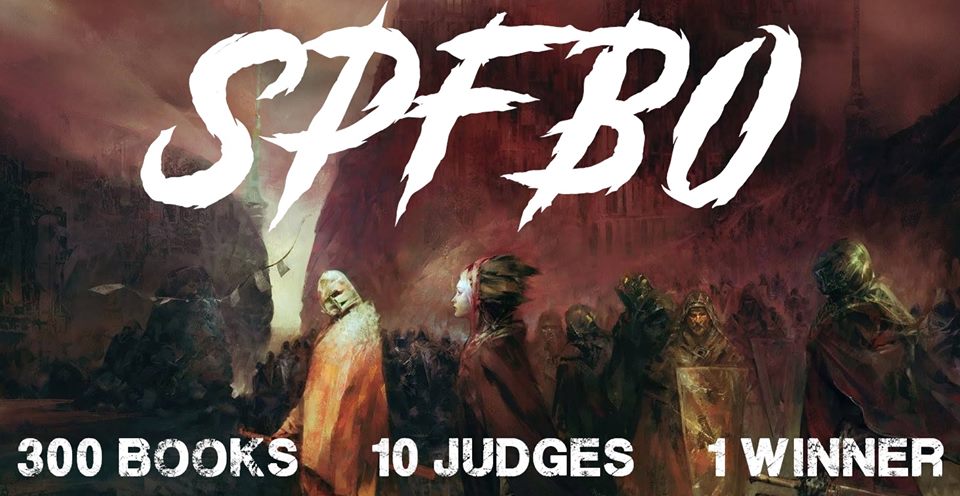
Hello everyone and welcome to our latest guest post for the 7th annual Self Published Fantasy Blog Off! I have been working on reaching out to each of the authors who have landed in our batch of books for the competition to see if they would be interested in being interviewed or contributing a guest article in an attempt to drum up a little extra excitement for their book and (hopefully) get to know them a bit better.
And now, we are delighted to share a guest post on writing disability by Allegra Pescatore and E. Sands, co-authors of NACL: Eye of the Storm!
If you want to check out the rest of our SPFBO coverage, be sure to check our SPFBO 7 landing page here. On to the article!
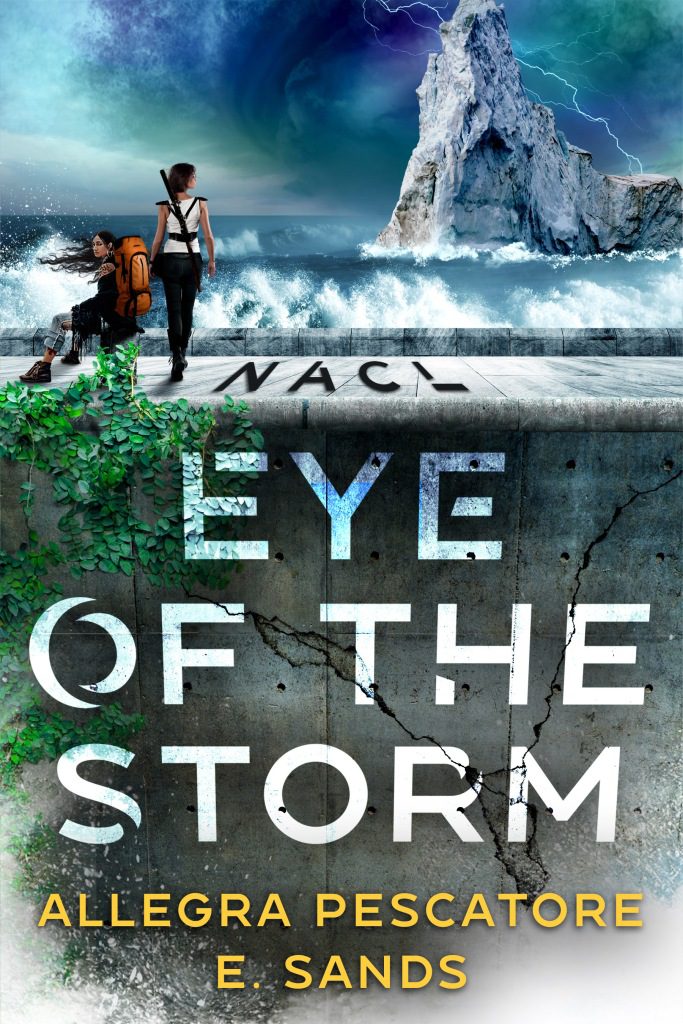
The alarm goes off and the first thing I notice upon waking is that something is wrong with my left shoulder. It’s too far from my chest, to begin with, and when I tense my muscles to investigate, pain shoots down my nerves straight to my sleep-addled brain.
I’ve had another dislocation in the night, and it’s not the only one. My hips are both out too, and one of my fingers is definitely not in its socket.
If this had happened to a normal person, I’d be worried they were moonlighting as a superhero. For me, it’s just another Wednesday.
I have Ehlers Danlos Syndrome, a rare connective tissue disease. It makes all my joints as wibbly-wobbly as a time-travel timeline, and comes with a host of extra conditions on the side.
After the painful process of relocating my joints (done with the help of my dresser, which is at just the right height for me to grab the edge and dangle my weight from it until my shoulder snaps into place with a loud pop), I sit up. Instantly, I remember the rest of my disease package. Dizziness assails me. The room spins, the telltale sign of dehydration. I drank a gallon of Gatorade yesterday, but my Dysautonomia doesn’t care. I haven’t figured out how to drink while sleeping, so in those eight hours, my body has gone from functional to desperate for fluids.
And it hurts. My fibromyalgia is always worse after relocations. It makes the fabric of my sheets burn my skin, and the pain radiating out from my joints feel like knives.
Again, this is my normal Wednesday.
I’m not about to call in sick, or go to the ER, because it’s amazing what normal can become when you are disabled. Instead, I trundle down the stairs and get to my morning writing.
Today, like most days, I’m writing about disabled characters. If you’ve read any of my books, you know that my protagonists are a weird and diverse bunch. From Skye with her severe dyslexia and Ilyas with his PTSD in A Bond of Thread, to Sal’s missing arm in NACL, all the way to Elenor’s chronic disease in Where Shadows Lie, all of my books feature someone who is disabled. Write what you know, right?
I didn’t set out to write books about disabled characters. I started writing when I was eight, at a time when the pain didn’t have a name. But as my diagnosis list grew longer, I found it harder and harder to write stories about able-bodied protagonists. Some people write and read to escape, but I just couldn’t connect to characters who were so foreign to my concept of existence. Unfortunately, finding books with disabled protagonists turned out to be quite hard. If a disabled character exists in fiction, it’s usually to support an able-bodied one.
I grew increasingly frustrated at disabled villains whose motivation was getting better. Sure, I get it: being in pain sucks, but killing and brutalizing others to fix myself? That is unthinkable. On the other side, there were the disabled characters so pure they baffled me. There was nothing there other than their disability, no flaws and foibles not tied to their medical status, and if they had dreams or ambitions, it was usually to find a cure. Their entire existence was to inspire able-bodied characters to greatness or be pitied and used as a motivating push. Sometimes, the plot rewards these characters with magical cures.
More often, disabled people in fiction die.
There are so many stories out there where a character would rather die than live with a disability. Those are the ones that really make me angry.
Representation matters. More than that, genuine representation matters. The kind of representation that doesn’t glorify or villainize, exaggerate or get brushed aside when it becomes inconvenient. The kind that talks about the little struggles, and acknowledges the sides of disability that so often get ignored.
Like painful mornings. Or the days when we can’t go on an adventure. But also the days when we can. The strange looks that people give us when we stand up from our wheelchairs to grab a box of cereal. The indescribable joy when someone accepts us for exactly who we are, not who we were or could have been. I wanted to capture that, but I didn’t want disability to be the only story I told, because, at its core, I don’t want being disabled to be the only part of my own story that gets told.
After all, disabled people deserve to ride dragons too. In fact, dragons make excellent service animals.
It was while working on Where Shadows Lie that I met Erica Sands. When we started writing on an RP board, all I knew about her was that she wrote a character who used a cane, and that every scene she penned oozed the sort of realistic detail that I craved. We started writing together more and more, until the inevitable happened: we accidentally wrote a book.
NACL: Eye of the Storm is a strange story, originally penned over six caffeine-fueled weeks. It was written because we were angry. The reason doesn’t matter as much as the result, which was a manuscript built from the raw emotion and unfiltered sass of two disabled authors. We never had a discussion about including disabled characters and themes in the plot, because we didn’t need to. It is built on a foundation of shared experience, and contains so much of what has shaped our respective lives.
In the world of NACL, salt is a rare commodity. Without it, the human body cannot function, which is something I am intimately familiar with. I have been on a high sodium diet for years, and yet even trying my hardest, I never manage to keep enough salt in my body to avoid the horrible symptoms of its lack. Every day, I face Dystautonomia’s demons, and I wanted to weave their faces into the very cloth of NACL. We set out to write a narrative that felt like the moment before you pass out from a lack of salt: dizzying, tunnel-visiony, unrelenting, and disorienting.
But as is so common with chronic illnesses, there are usually comorbidities that make things even more difficult. Enter Salome Parata, the badass pirate captain missing an arm. And Torin of Keala, whose depression has eaten away at him until he is unrecognizable. Or Lani, forced to isolate herself because of something she is and cannot control, which society has deemed unwanted. Something that is, sadly, all too common for disabled people.
They and every other character in NACL were created out of facets of our experiences being disabled. Even the ones who, themselves, are able-bodied and neurotypical are still written by two chronically ill women, and contain some of our struggles.
Erica Sands has Multiple Sclerosis. Most people think of mobility issues if they have ever heard of this disease, and mobility is certainly a problem. In her case, however, the largest complaint is actually pain. She wrote her characters as these strong people who endured—until they didn’t.
She wanted to reflect the reality of living with chronic pain every moment of her life. In doing so, she endeavored to create characters that made the reader respect them, love them, and then understand them when their pain would win and make them lash out in a self-sabotaging way. Then—most importantly—realize the frustration, hurt, forgiveness, and, hopefully, catharsis that follows.
If we’ve done our job well, our readers—able-bodied and not—will relate to and respect characters that under most circumstances are relegated to red-shirt status. If we haven’t, we still hope to have written a fun story. That is, after all, why we chose to write fantasy.
What gets me through another painful hour of writing, though, is the hope that our decision to pour our experiences onto the pages might touch those who, like Erica and me, live every day with the challenges and triumphs of disability. Who pick up every book featuring a disabled character with apprehension, scared of the same old harmful tropes and who sometimes, just sometimes, feel represented.
About the Author(s)
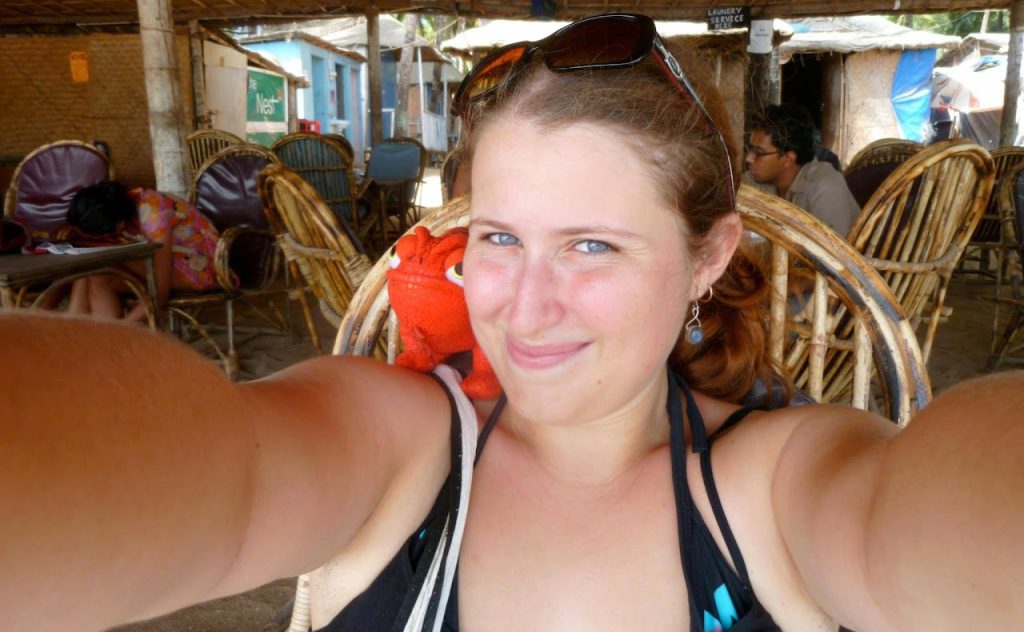
Co-founder of Ao Collective Publishing, Allegra is the author of Where Shadows Lie, and the co-author of NACL: Eye of the Storm and A Bond of Thread. She is an own-voices disabled author, a collector of odd salts from around the world, a staunch LGBTQ+ ally, and a huge fan of fantasy and science fiction. She lives in PA with her husband Job, two dogs, three cats, several reptiles, and a monster under the bed whose name may or may not be Fred.
Website: https://www.aocollectivepublishing.com
Plot Mom Discord: https://discord.gg/JzJJjQ6EZT
Plot Mom Youtube: https://www.youtube.com/plotmom
Twitter: https://twitter.com/AuthorAllegra
Facebook: https://www.facebook.com/authorallegra
Goodreads: https://www.goodreads.com/author/show/20023483.Allegra_Pescatore
Amazon: https://www.amazon.com/Allegra-Pescatore/e/B084SVZW5C/
NACL: Eye of the Storm Book Trailer: https://youtu.be/55Ox51Ob7uQ
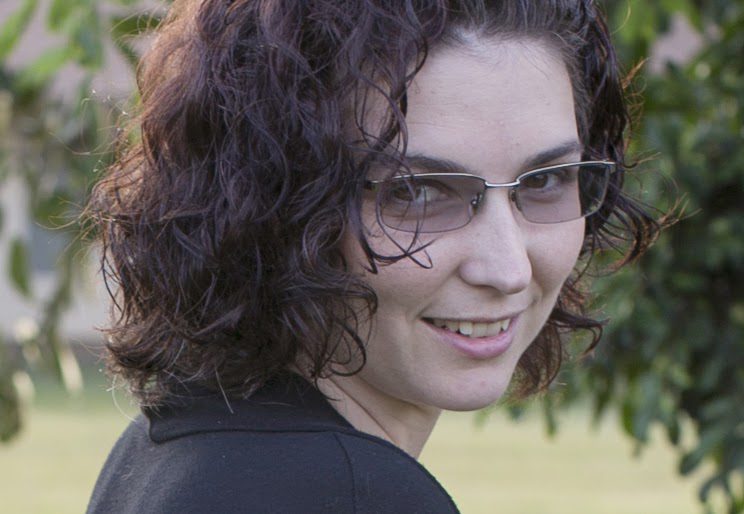
Co-author to NACL and The Mountain Fell series, E.Sands and Allegra have been writing together ever since they found out they were literary soul-mates. Together, they blast through novels at the speed of light, stopping only to laugh and plot more ways to torture poor, innocent characters. E. Sands lives near St. Louis with her two kids and several lizards.
Facebook: https://www.facebook.com/ESandsAuthor
Goodreads: https://www.goodreads.com/esands
Amazon: https://www.amazon.com/E-Sands/e/B087ZSS3Y5?ref=dbs_a_def_rwt_bibl_vu00_i3

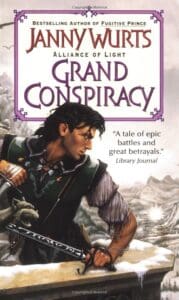


Leave a Reply